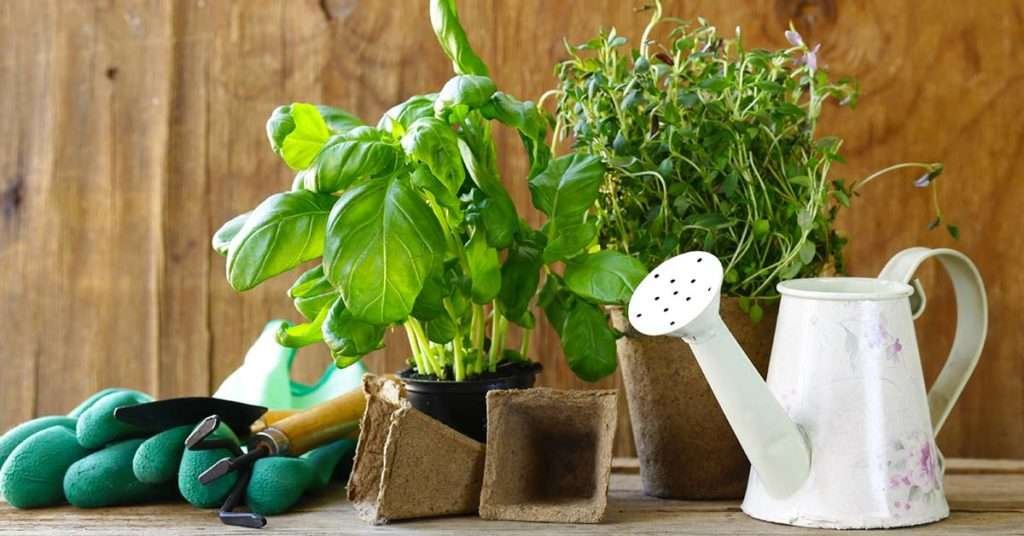Could you possibly imagine a medicine that is sweet?
If not, you are clearly in for some surprise.
Licorice, the plant that finds its origins in Southern Asia and spread through the middle east and Europe, has been charming the new world with its sweet medicinal properties since the 17th century.
The best part? You can reap its medicinal benefits right in your garden!
Read on to understand how that is!
Healing Benefits of Licorice, The Sweet Root
As its name suggests, the active part of the sweet root is its protracted taproot system that is pressed to produce the healing extracts.
These extracts are widely used for preparing medicines and adding their sweet touch to the bitter ones.
It provides excellent treatment to coughs, colds, sore throats, and even mouth ulcers.
The practice of cultivating this garden herb to create tonics and mild laxatives is ancient, and so is its legacy of helping the digestive and bowel systems to function smoothly, even in cases of overindulgence.
Another ancient form of licorice is the plastic shoe-laces like candies that are produced by distilling the root extracts thoroughly.
It was a favorite among the kids back in the 17th century and has only gained more prominence ever since.
Growing the Sweet Root
Licorice plants are garden herbs that are essentially grown for its roots and can be easily cultivated in your garden.
The plant is a beautiful assembly of deep green foliage and a loose inflorescence of purple/lilac flowers that are borne during summer.
This plant typically grows up to 18 inches in height and the benefits of the sweet root can be obtained from a mature, 3-4 years old plant.
To plant a new licorice plant, you simply need to bury a separated root with an active bud.
Licorice, popularly known as Radix Dulcis in Ancient Rome, originally belonged to regions with a strong and consistent presence of sunlight.
The present-day versions of the plant, therefore, prefer to grow in a place with good sunlight.
This also means you need to avoid and frosty periods for planting, start preferably during springs or autumns.
Commercial or not, growing this sweet little plant with health benefits, surely seems to be profitable!
DISCLAIMER: THIS WEBSITE DOES NOT PROVIDE MEDICAL ADVICE
The information, including but not limited to, text, graphics, images and other material contained on this website are for informational purposes only. No material on this site is intended to be a substitute for professional medical advice, diagnosis or treatment. Always seek the advice of your physician or other qualified health care provider with any questions you may have regarding a medical condition or treatment and before undertaking a new health care regimen, and never disregard professional medical advice or delay in seeking it because of something you have read on this website.
Have you tried growing licorice yet? Share your experiences or questions with us in the comments section and we will be happy to help!






